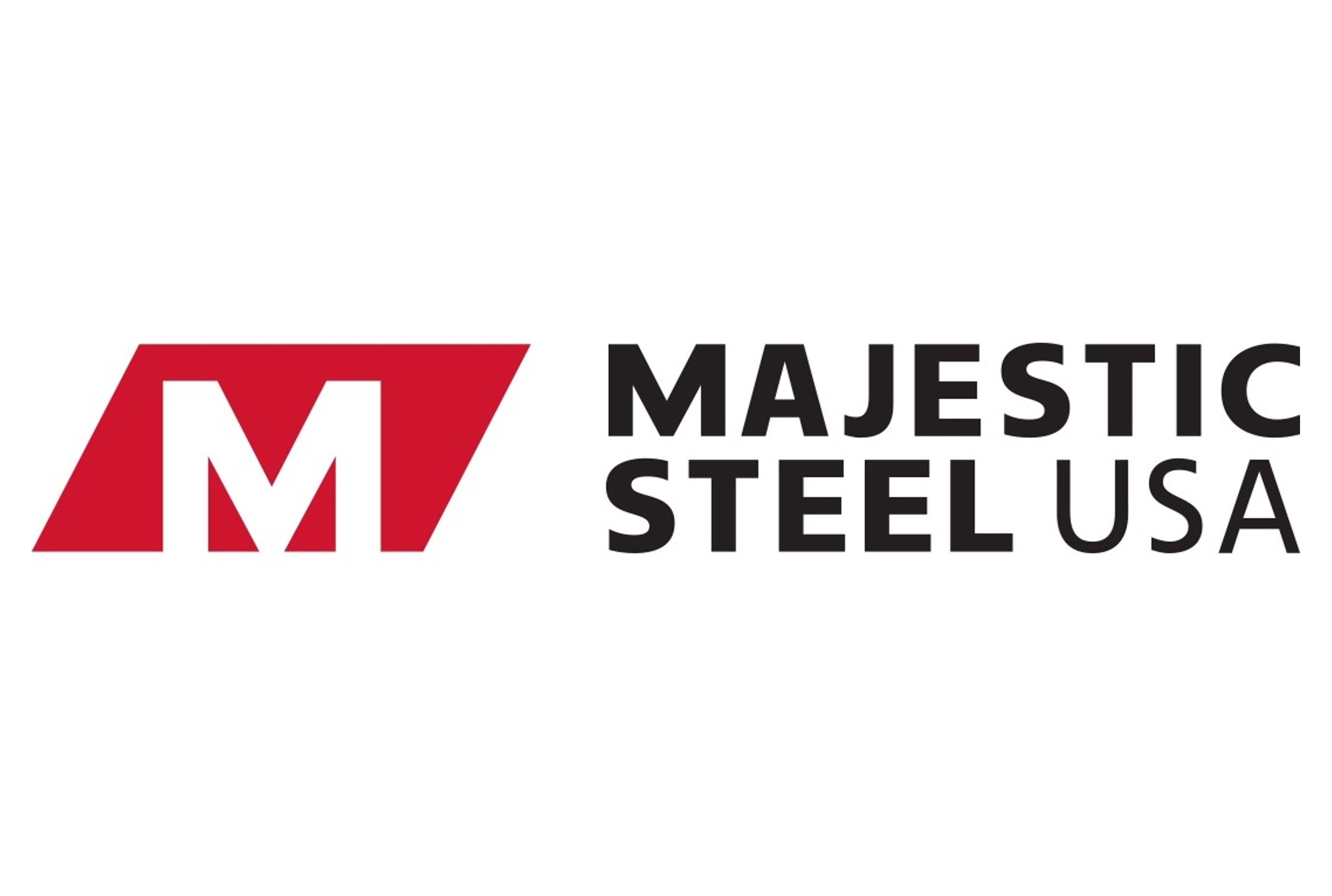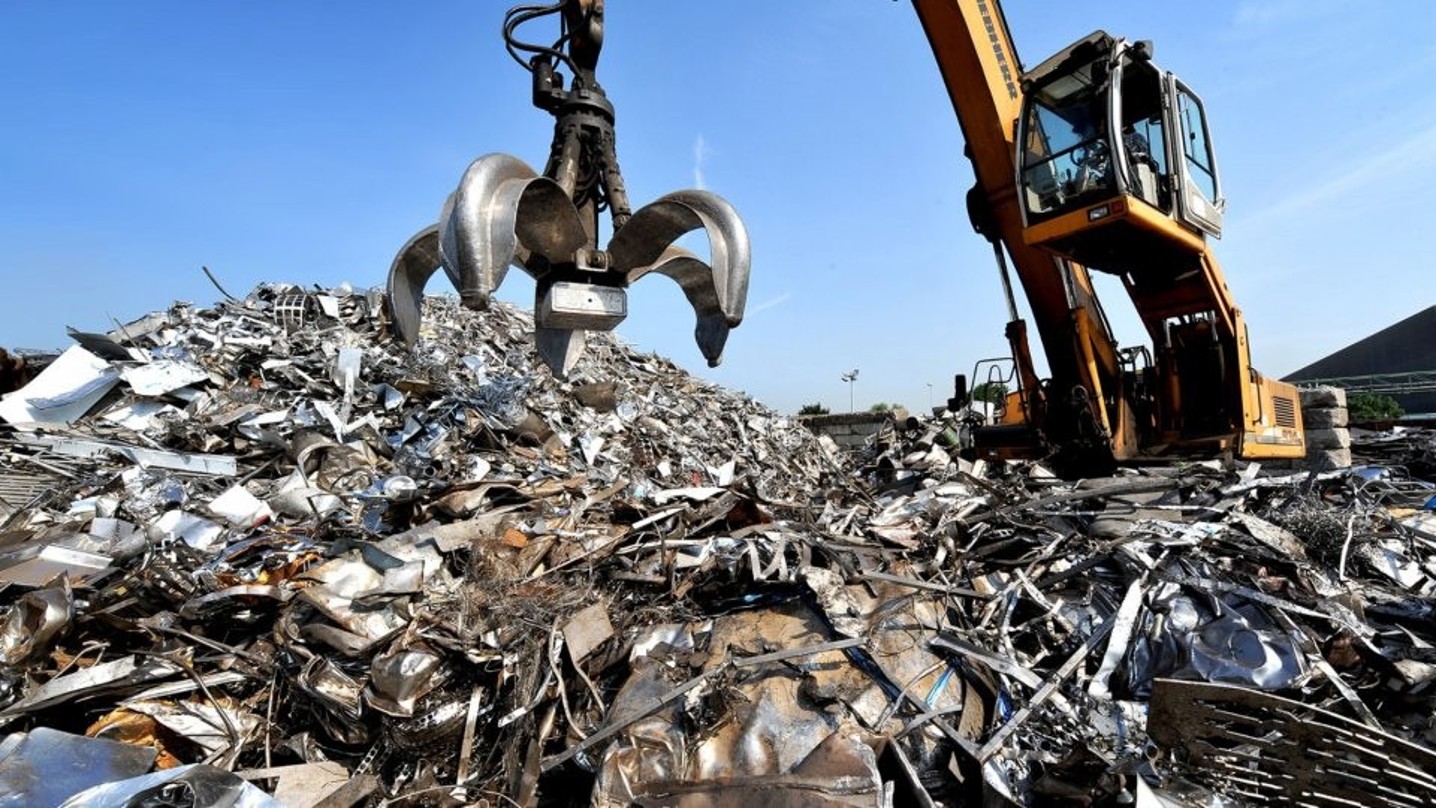Analysis

July 8, 2025
Final Thoughts
Written by Ethan Bernard
Imagine you are the leader of an unnamed foreign country. You wake from a fitful night of sleep at your desk. Someone from your staff is knocking urgently at the door. You open it, and the person, shaking, hands you an envelope from The White House. You hurriedly rip the envelope and pull out the letter, which is from the president of the United States, Donald Trump. Then you scroll down and see in big, bold letters:
Dear Mr./Ms. Prime Minister,
You’re tariffed!
No, this is not some plot in a new reality show. Rather, it could be the literal reality facing up to 12 world leaders, according to White House Press Secretary Karoline Leavitt. As SMU’s Kristen DiLandro pointed out on Monday, Leavitt told reporters that the president plans to send 12 form letters to other countries announcing tariffs.
These would be similar, she said, to letters already sent to Japan and South Korea announcing 25% tariffs on imported goods, but not applicable to steel or aluminum imports.
During his first term, former President Barack Obama said, “Anything is possible in America.” Well, President Trump has taken the expression, applied it to tariffs, and run with it. Since “Liberation Day,” we’ve seen unexpected moves and reverses, and perhaps an executive order as a cherry on top. Anything is possible, indeed.
USMCA?
For North America, the tariff fate of USMCA partners Canada and Mexico looms large. The Trump administration’s negotiations with both countries are ongoing.
In late June, SMU reported that Mexico and the US could be on the verge of adopting a tariff-rate quota (TRQ) system for imports. This would replace the existing Section 232 tariffs. Of course, the details would be ironed out. It would be based on average steel imports from Mexico during the period 2015-17, according to the Bloomberg article cited.
As for Canada, after some Trump bluster and Canadian capitulation on a digital service tax on US companies, negotiations continue.
In the near future, will we see some negotiated rates emerge between the USMCA trading partners?
And perhaps the even bigger question is if these negotiations will open the door to renegotiating elements of the USMCA itself? Recall that the agreement is set for periodic review in July 2026. But in Trump land, could we see that date pushed forward?
As goes the UK…
We reported on the US-UK trade deal in mid-June that the steel industry was cautiously optimistic on its prospects, though no steel-specific details were provided. The deal was announced back in early May.
Well, we are on the cusp of a deadline, July 9, and the steel specifics remain contentious.
Apparently, the UK is going to miss the deadline, according to a report in Sky News on Tuesday.
One of the sticking points, the article said, is that the US wants only steel “melted and poured” in the UK to be part of the deal.
The other is that, although the British government has taken control of British Steel, the company still legally has Chinese owners.
When the deal was first announced, many thought it might serve as a template for future trade deals. Speculation swirled around the White House’s initial language about the deal creating “a new trading union for steel and aluminum.”
Still little is known as to what that might entail.
Big picture
“Melted and poured” in the country and/or “owned by China” could be issues wherever the US seeks trade deals for steel.
An overarching theme of Trump’s tariffs seems to be avoiding trade loopholes. One example is fabricating products in another country using Chinese steel and then passing them off as being made in that country.
Note that some of Trump’s tariffs have already targeted more downstream products like appliances.
It’s all a complex puzzle, to be sure. And whether “Liberation Day” and its follow-up period resemble 4-D Chess or a cleanup on Aisle 5 will probably depend on how things look when the dust settles. In any case, the Amazon Prime sale starts today. Should we shop today, not knowing what the tariffs will be tomorrow? I bet a lot of steel buyers are thinking the same thing.






